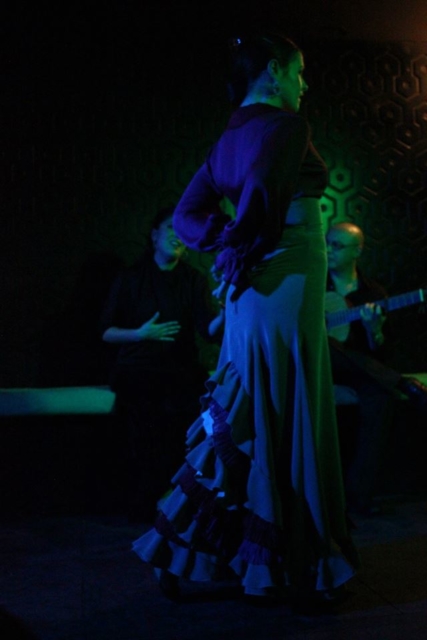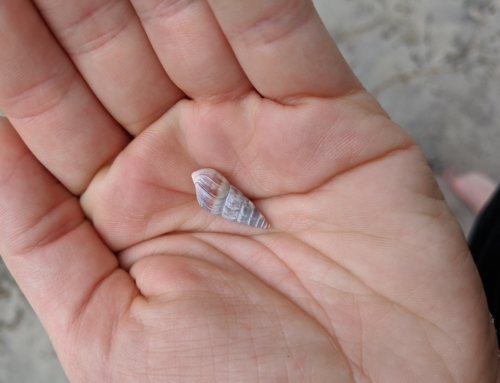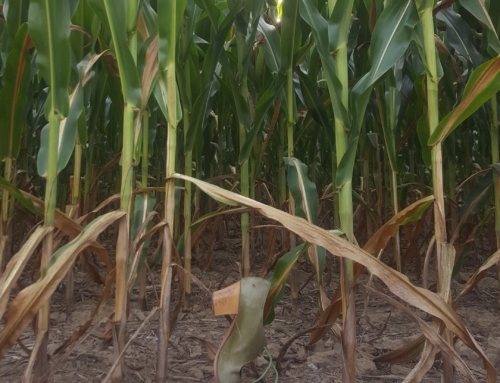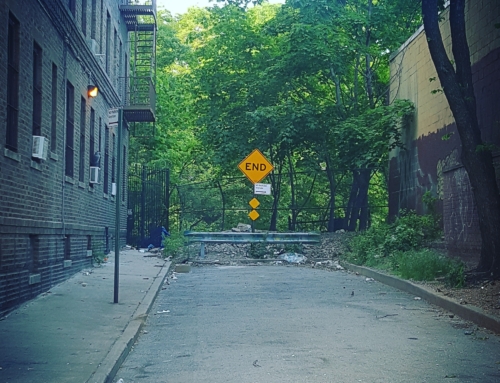 |
| A moment of quiet calmness in my baile por tarantos at Caja Negra last week. |
I’ve been in a plateau in my dancing recently. Like language learning or anything else, we often hit a plateau where we grow, but only slowly. I’ve just realized recently in which direction I need to go and start climbing. I’ve got a lot of work ahead of me–a lifetime’s worth for sure–flamenco is so enormous! I know now what had been holding me back and what I really need to focus on right now. I’ve been working a little bit differently in the studio recently. A while back I posted about what I do in the studio–I go to the studio at least 6 days a week for at least 2 hours a day….Here’s how I’ve been working…
Slooooooooooooowing down.
The slower I work on steps in the studio, the better they come out. I keep seeing flamenco more and more as a science–it’s about experimentation and taking each step apart to fully understand its physical mechanisms and it’s musicality. It’s only when I slow down that I am able to really get the juice out of every movement and moment. And juicing the steps is a lot of fun. The last thing in the world I need is more steps, what I really need is to make the steps I already have more musical–experiment and play around with the accents, make the arms make sense–any moment a photographer were to capture has to be picture perfect. And in that process the steps become my own; I not only fully understand them, but I begin to tell a story with them. Farruquito explained that often we don’t understand why our steps don’t come out on stage as well as they do in the studio, and it’s often because we don’t practice slowly. Even for him, he explained that the steps come out even stronger on stage if they have been practiced slowly and fully. But when he only rehearses them at the tempo they are to be performed, they always come out messy or sloppy.
Listen, listen, listen, listen, listen, and listen some more. Never stop listening.
It’s so easy in flamenco to get caught up in the steps. There’s a lot of cool steps with great rhythms and swing out there. But what really makes a step great is how it goes with the music. Fancy steps are fancy steps. People applaud because they take great amounts of technique, stamina, or strength, but they don’t really do much more than that. They’re amazing but they don’t tell a story. Even one simple stomp in the right place musically can be great and more powerful than 50 stomps quickly done in 6 counts. The steps that I love are ones that fit perfectly with the music, not the fancy ones. Again, this is why I came to Andalucía to study, because it is here where the musicality and cante is valued above all else.
Sometimes, I feel like I have no idea how to dance, not because I don’t know how to move my body–that’s exactly the problem, I know how to move, I have a lot of fuerza, but for a long time I have gotten away with just that. What I need to do is start listening to the music more, choreograph to the music. When everything comes together–the music and the dance–it’s like magic. That’s when a story is told and the dancing speaks.
One great way to do this is to dissect the dances and steps I have learned and figure out why they go well with the cante. And of course learn more cante. Listen and learn the cante. All the answers are there in the music–why we search elsewhere, in thin air, makes no sense as dancers.
Farruquito made another great point in class the other day–that as we get older, we lose our technique. Yet, if we work our musicality now, we will always be able to dance, we will always have that. That’s why dancers like Manuela Carrasco, La Tati, Concha Vargas, etc., are still bringing audiences to their feet–because they have an amazing musicality. They can’t do a dozen perfect vueltas quebradas (difficult turns with your body bent over), but they can do one in just the right place and capture your attention like no one else.
Variety. You can’t paint a picture with all the same color or brushstrokes.
I need to work on mixing strong moments with soft moments, loud steps with quiet steps. It goes back to juicing every step. It’s not that my dancing in itself needs more variety. I have lots of great soft steps and lots of steps with fuerza. What I need is some remixing. I need to develop when I use certain gestures or shapes so that they give the most impact. If I do a whole step with tons of strength, there is no build up and no matter how strong I am it falls flat because it was all at the same volume. This goes back to working slowly–only by dissecting my steps am I able to make them tell a story rather than just shout. Slowing down is not easy for me–I am always in a rush to do. I need to learn to stop, to stand still–yet still be dancing, commanding the stage. For that reason my dances tend to be overloaded. It’s the easiest, yet the hardest part of dancing–giving texture and variety often times by doing less.
The funny thing is, when I work slowly in the studio, juicing every step, getting everything I can out of it, making it musical, giving it a story, I sweat much much more (and not just because it’s been over 40 degrees celsius here recently). I feel like I am exerting myself less; yet, I am working harder because I am working the minutest control of my body and I am working with consciousness. I am leaving behind the plateau I have been stuck on and starting an upward climb. Here we go! 🙂










Leave A Comment